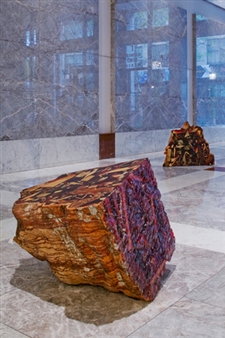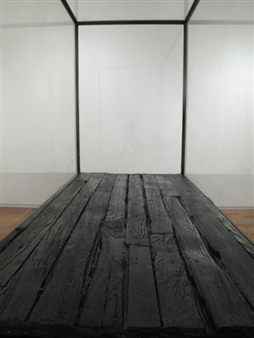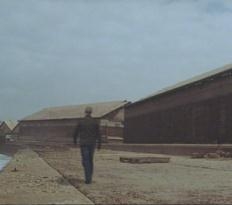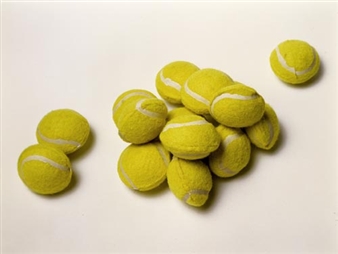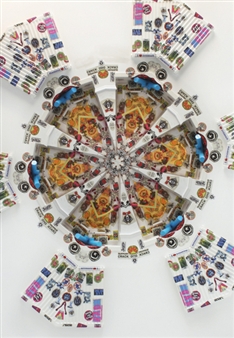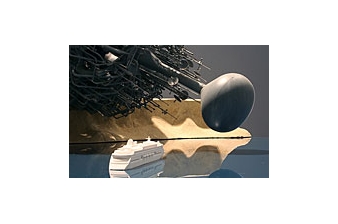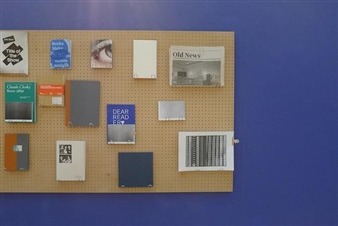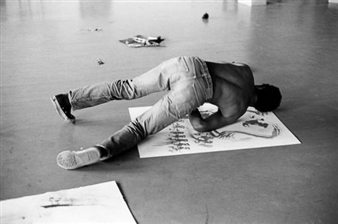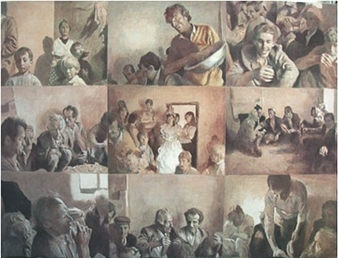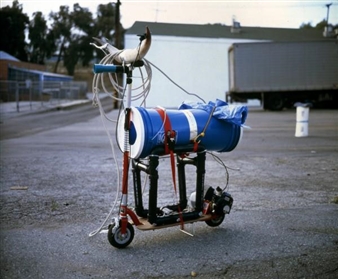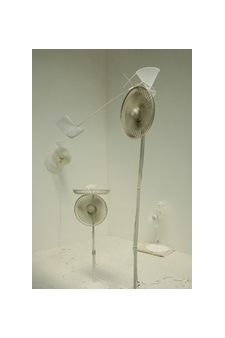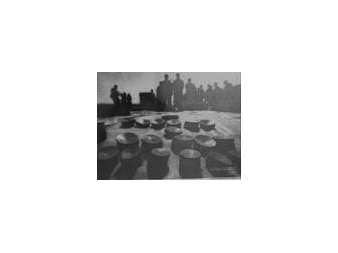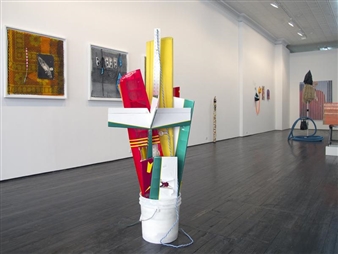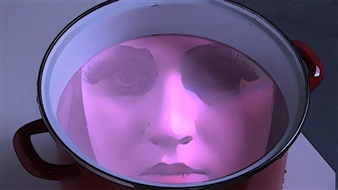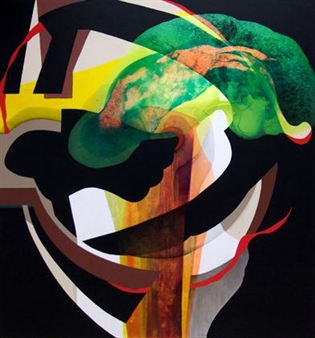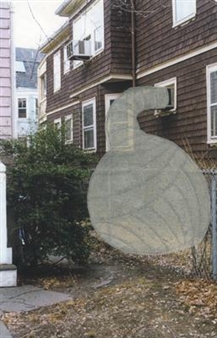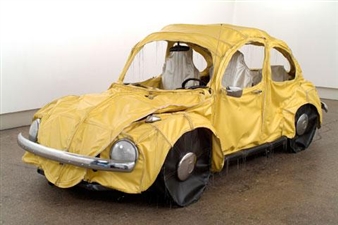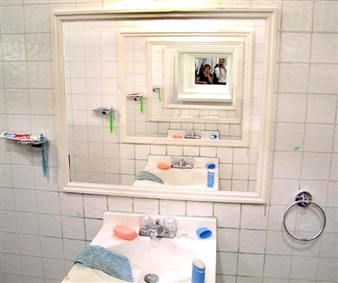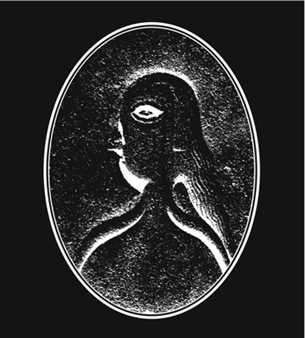DIFFERENT ROADS – SAME DESTINATION
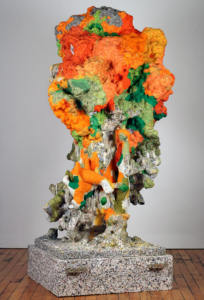
Dorsky Gallery Curatorial Projects, New York, Long Island City, 05/08/2016 - 07/10/2016
11-03 45th Ave., Long Island City, NY 11101
The first thing one notices about a sculpture, by Arthur Simms or Randy Wray, is its resolute materiality. Using an array of found objects and common materials drawn from everyday life, Simms and Wray both make highly tactile constructions. Their improvisational works incorporate the byproducts of our consumer culture—thrown-away furniture, tossed bottles, worn-out clothing, scrap metal, the discarded waste paper of junk mail—essentially, other people’s trash.
By transforming lowly materials into works that belie their humble origins, each artist performs his own, unique kind of alchemy. Redemption, both material and spiritual, is a central theme found in both of their practices. Simms and Wray had each been living and working in New York City for more than two decades, unaware of the other’s art before meeting in 2011. Both artists had developed highly personal styles and were surprised to discover some uncanny similarities in their work. Bearing in mind these men began their lives in different cultures—Simms was born in Jamaica and Wray was raised in North Carolina—their art has tracked parallel paths. The correlations in the way they work are interesting, as are the salient differences in the results that make the side-by-side display of their work so compelling.
Simms draws strongly from his Caribbean heritage, but the influence of the larger, non-Western Aboriginal and African cultures can also be seen in his works. The pieces are poetic, nostalgic and steeped in identity. His sculptures might first seem like an array of junk to an undiscerning viewer, but careful observation reveals them to be elaborate and considered works resulting from the acute intuition of the artist.
Traces of Wray’s Southern heritage can be found in his complex, mixed-media sculptures. His use of readily available materials is an approach commonly seen in the work of self-taught and folk artists of the South. He favors materials considered to be of little value, and in some of his works he even uses the red clay dirt so prevalent in his native state.
For More Information